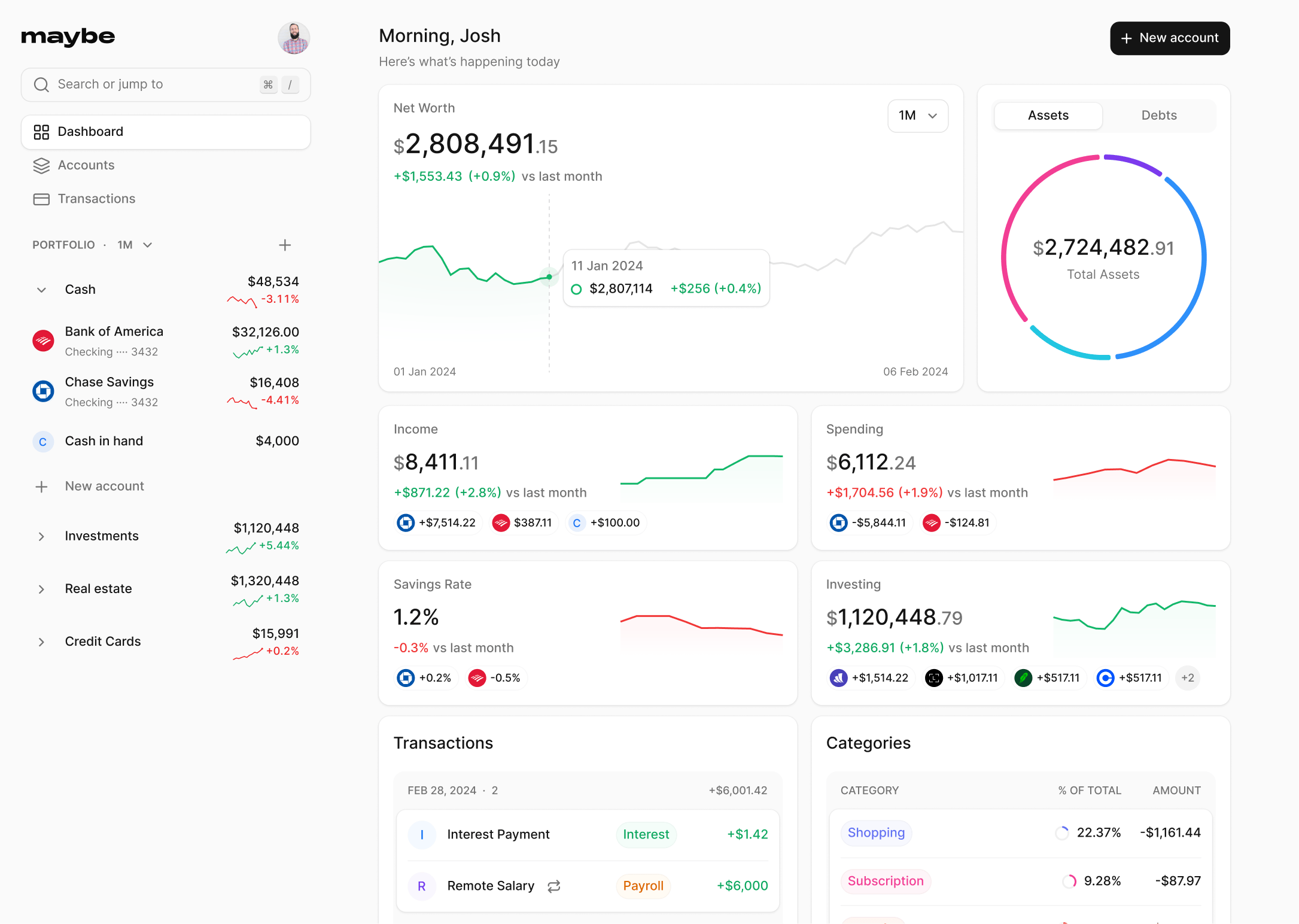Financial Terms / A - B / Beta
Beta
In finance, beta is used to measure a stock's volatility (how much it goes up and down) to that of the market. If the stock moves up or down by an average of 10% and the market does the same, then that stock has a beta of 1.
However, if a stock has twice the volatility (moves up or down twice as much) of the market, that stock has a beta of 2. A beta of 0.5 means that the stock is half as volatile as the market in question.
Discover more financial terms
Join the Maybe  waitlist
waitlist
Join the waitlist to get notified when a hosted version of the app is available.
